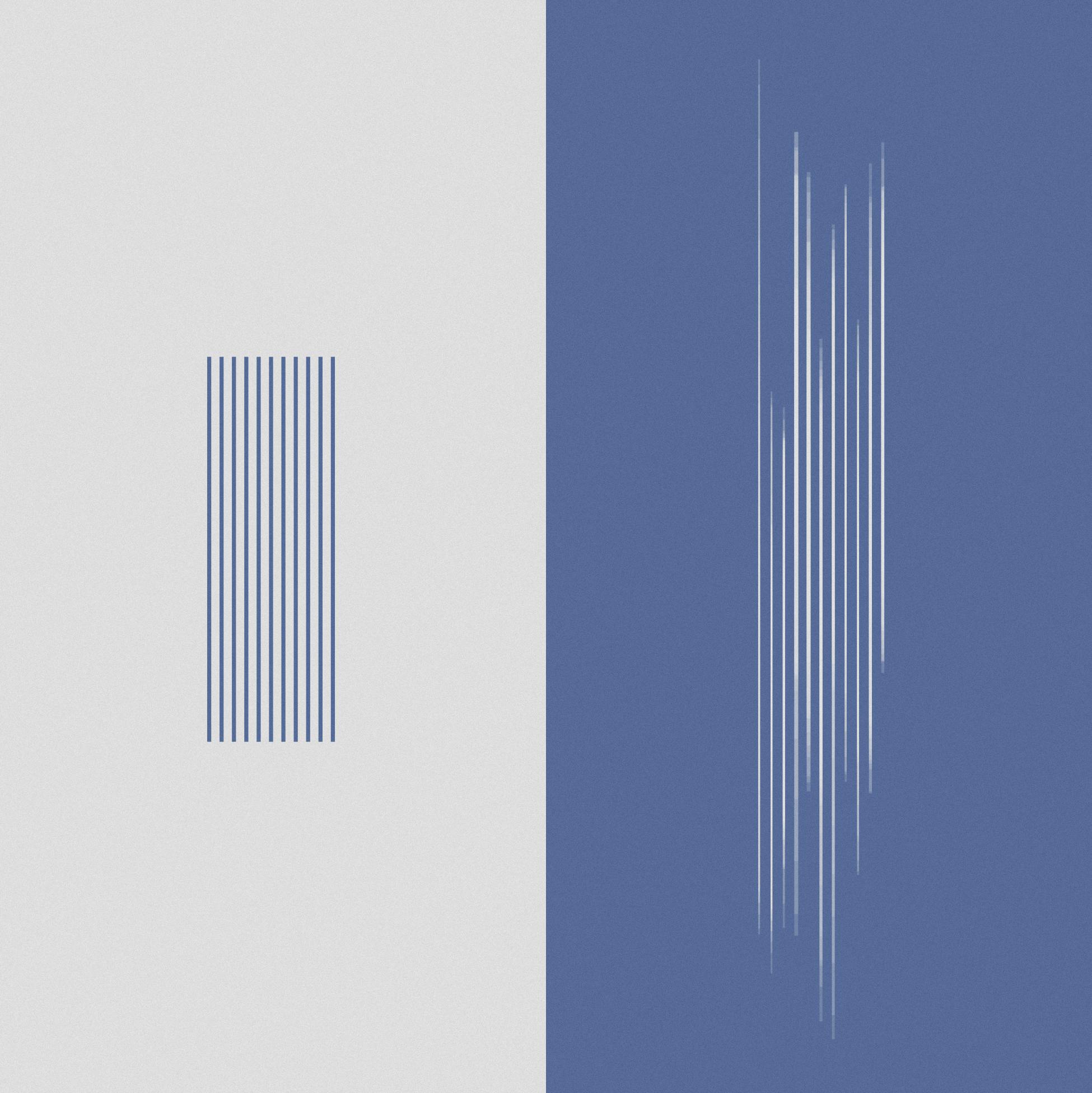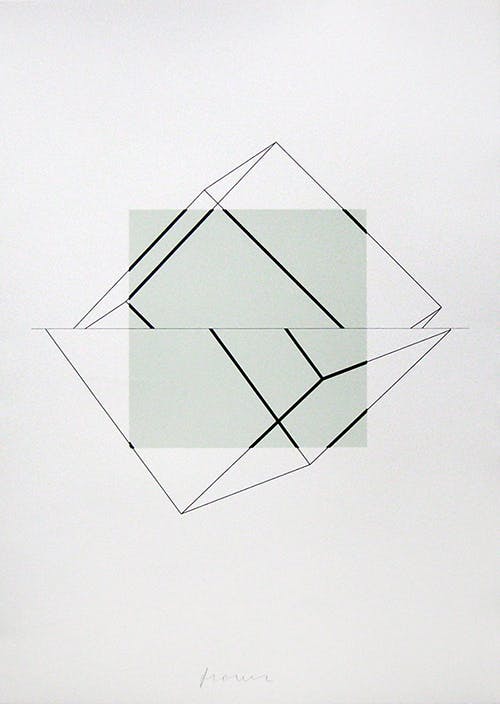Echos by Ippsketch is a minimalist, visual representation and celebration of generative art. It’s a collection defined by broken symmetry, evoking themes such as order and chaos, design and randomness, past and present.
The genius of Echos lies in its ability to represent the very notion of generative art visually. From Euclid to Galileo and Conway, humans have used the logic of mathematics to echo the chaos of nature. Others, like Keats, Debussy, and O’Keeffe have also used deliberate artistic expression to echo nature.
As such, Echos celebrates the generative artist’s ability to unite science and art. The generative artist employs the tools of mathematics, logic, order, and code to create chaos, unpredictability, and ultimately, art. Or, as Ippsketch puts it, generative art “is the intersection of design and randomness.”
Echos are the visual manifestation of Ippsketch’s definition of generative art. The collection’s description reads: “One side is design - lines spaced purposefully, evenly, and cleanly. On the other side, the Echoed side, randomness is represented — lines are stretched and shifted in ways directed by random processes and constrained by the artist.” This randomness elicits reflections on the surface of a body of water, as evidenced by the standout piece Echos #30.

Echos #30
Echos represents generative art’s expression of chaos from the order of code, and serves as an ode to the art form’s past – both recent, and decades old. This reference to the medium's lineage exemplifies the theoretical shift from the symmetry and precision of the 1960s, to disorder and inexactness of the following decades.
Echos’ conception of broken symmetry has its roots in the works of Manfred Mohr and Lillian Schwartz. In his Cubic Limit phase between 1973 and 1978, Mohr bisected cubes yet rotated the parts in a rejection of the precise symmetry of the 1960s. Similarly, Schwartz’s Mona/Leo bisects the face of the Mona Lisa and combines it with the visage of Leonardo da Vinci, highlighting, like Echos, the ability of the generative artist to unite science and art. Both Mohr and Schwartz subvert the notion of symmetry, a deconstruction congruent with the movement towards increased artistic chaos of the time.

Cubic Limit (P-196), Manfred Mohr (1979)

Mona/Leo, Lillian Schwartz (1987)
Rhythm by Jeff Davis serves as the present-day inspiration for Echos. As Ippsketch describes it, “Rhythm takes something relatively simple (a few horizontal or vertical lines), but introduces randomness (color, slight rotational deviations, etc.) to give the pieces their character.” Echos, like Rhythm, celebrates the minimalism of Robert Morris and Dan Flavin, expanding on the concept that less is more. Echos stands as a generative masterpiece of high effort minimalism, a descriptor coined by Aaron Penne, where ideas and decisions stand at the forefront of expression.

Rhythm #11, Jeff Davis (2021)
Einstein once said, “The definition of genius is taking the complex and making it simple.” Richard Feynman agreed: “If you can’t explain something in simple terms, you don’t understand it.” And for William Shakespeare, “Brevity is the soul of wit.” Generative art is no doubt complex; it is impossible to explain or capture in any single book, article, sentence, or word. Yet the genius of Ippsketch’s Echos is that he manages to do it with a single image.